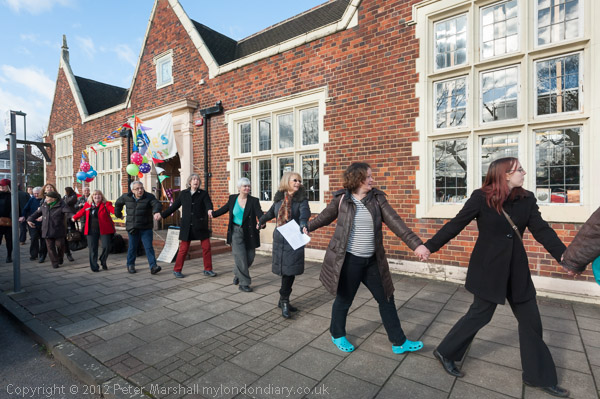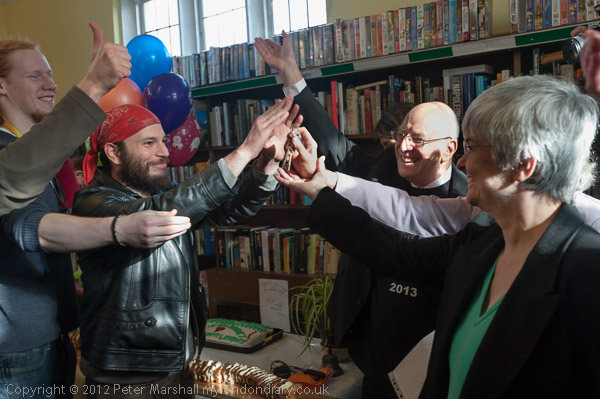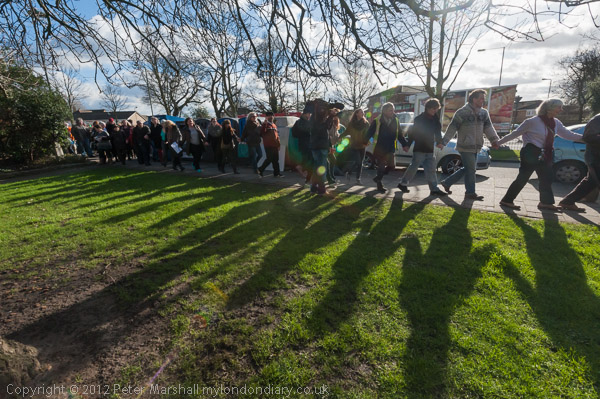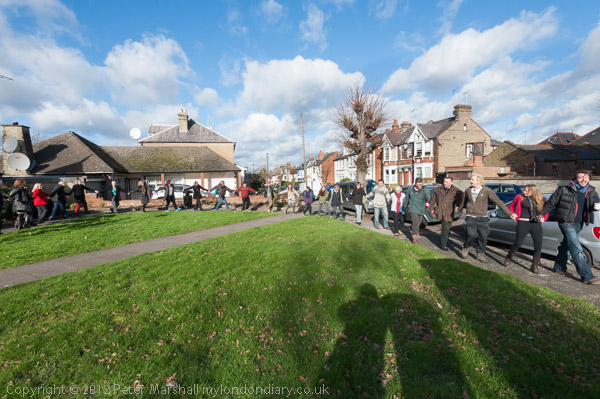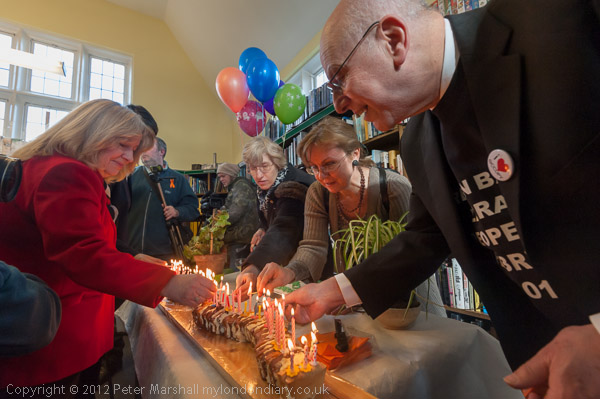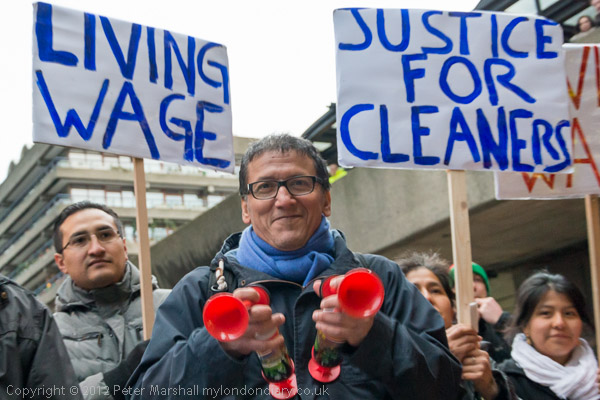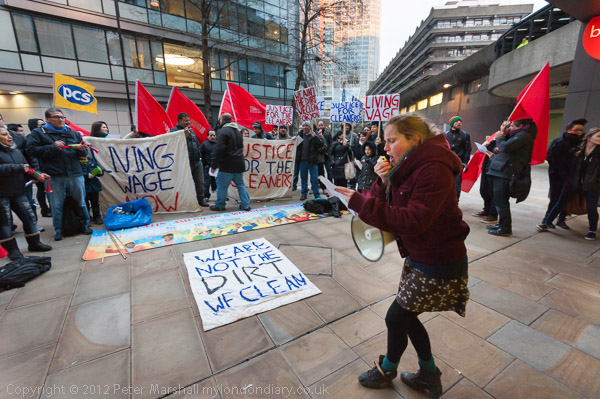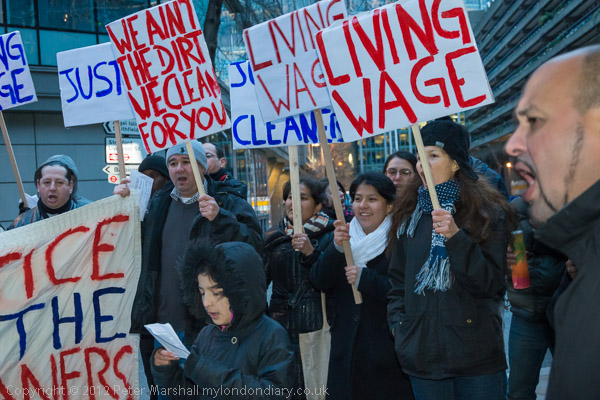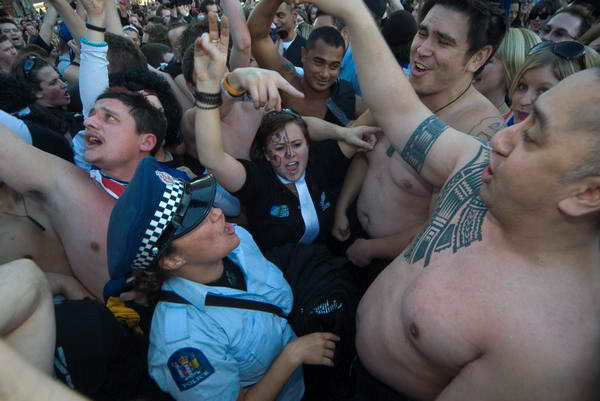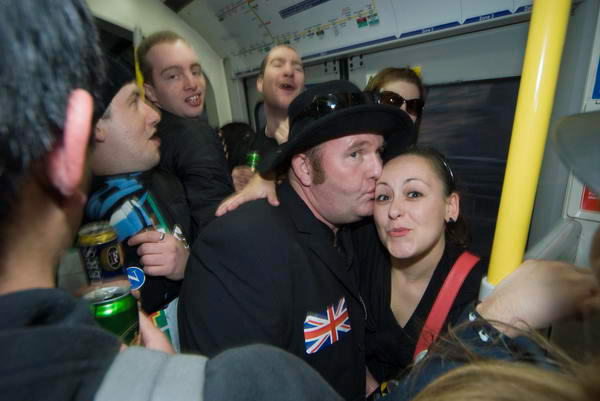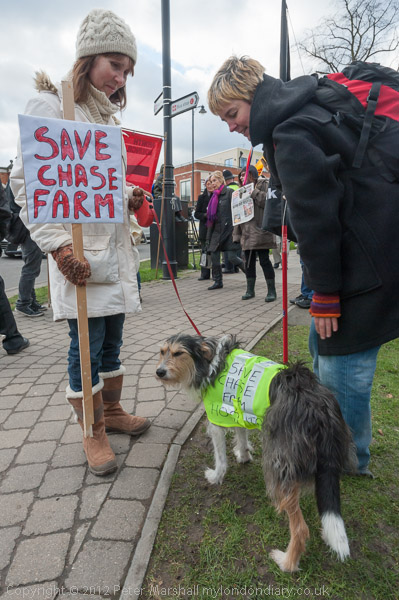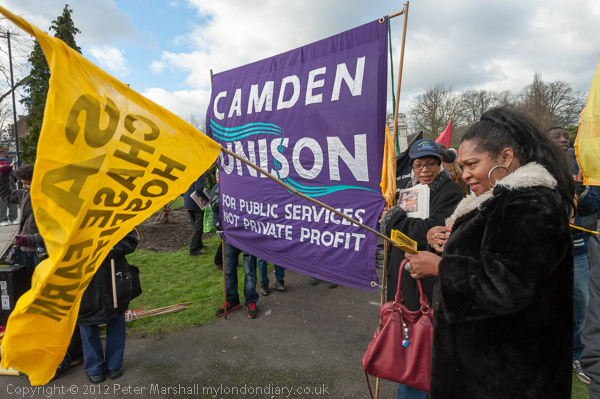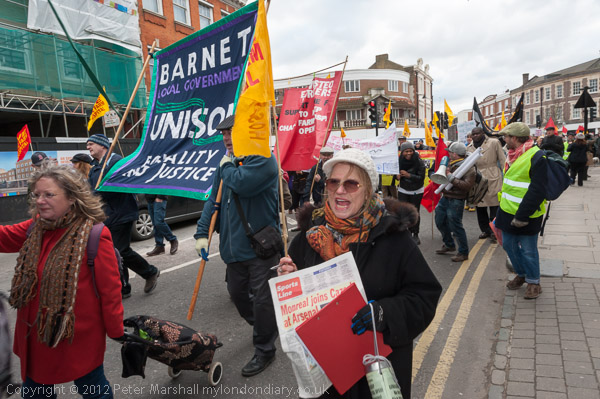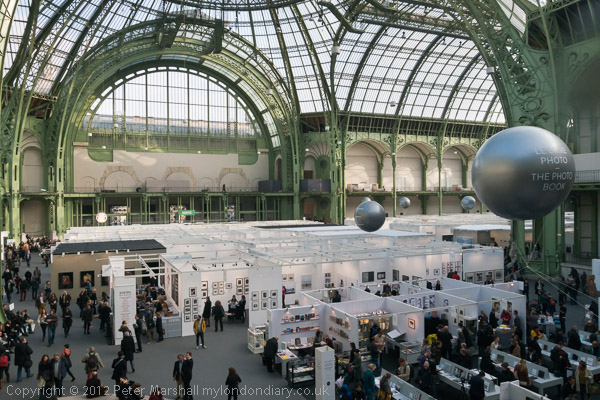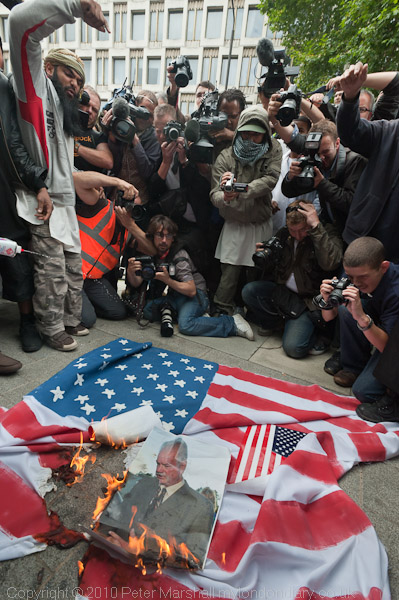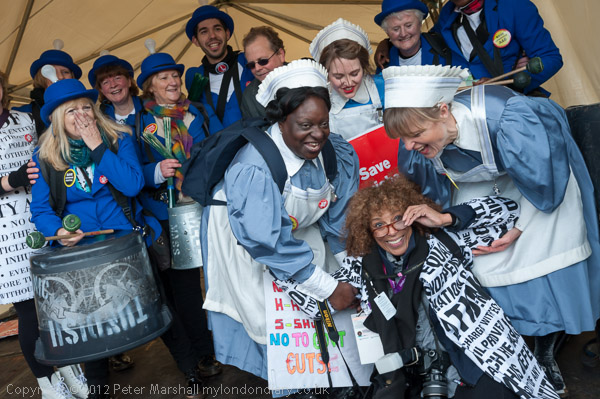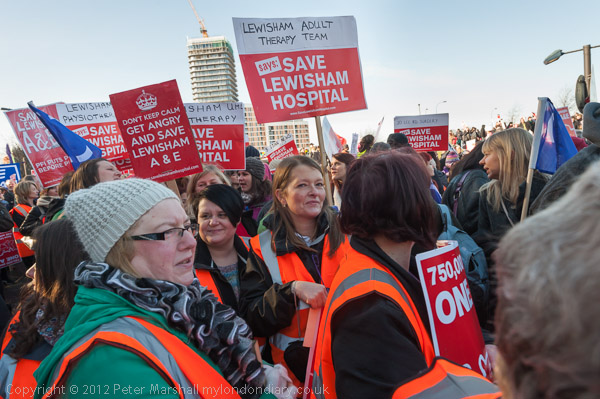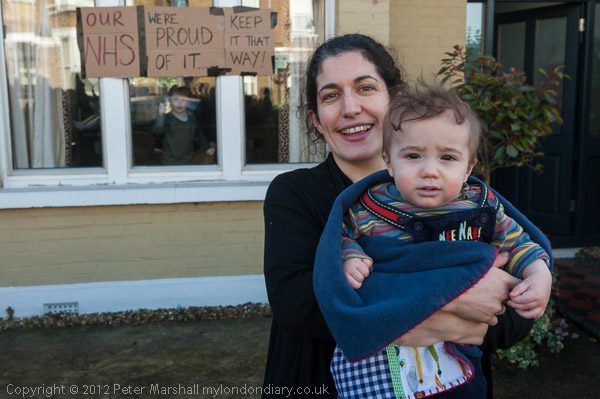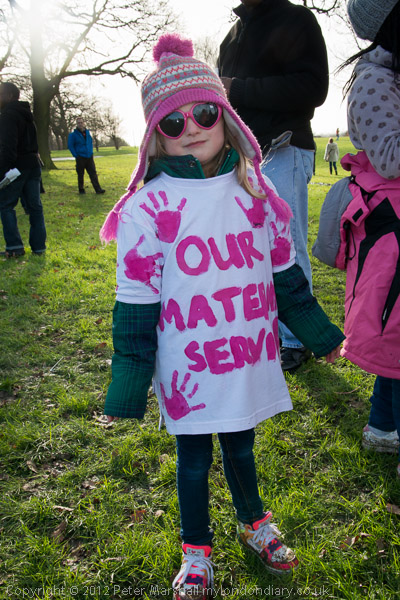I first came across Lens Culture in the year that it started, 2004, when I was still writing for About.com, and immediately appreciated that here was another site that really cared about photography and was doing something about it on-line.
Since then I’ve regularly written about and linked to content on the site, and also met and talked with Jim Casper, its founder and editor in Paris a few times. We don’t always share the same views about particular photographers or aspects of photography but we do have a shared passion for the medium.
Since then I’ve moved from being someone who made a respectable amount by writing for a commercial site – that for most of my time with them gave me a free rein to promote photography around the world – to a fairly penniless photographer who runs a blog and various websites largely to share his own work and his views about photography with a wide audience – and with some success, with currently just over 40,000 visits a week to my various sites including this blog.
Perhaps because of my previous incarnation, where at times my posts were difficult to read as adverts floated around over some of them or flashed annoyingly at the sides, I’ve deliberately kept all of my sites both advert-free (just one small commercial link in a single one of the over 97,000 pages) and also deliberately simple. My aim was to produce a site that was very personal, although I’ve had a few contributions by others, and almost the only ‘cost’ is my labour. It takes considerable amount of time, perhaps twenty or thirty hours out of the sixty or seventy I work a week, but much of that involves thinking about my own photography and that of others which I enjoy, and at least some of it is time when I could otherwise be earning money. But I get by, though support by using my images in publications or by buying my prints or books or PDFs (direct from me or from Blurb) is ever welcome.
Jim with Lens Culture had far wider aims, although when he started it was simply “a magazine published 3 times a year in my spare time” it has grown into a much larger enterprise, and one that has set out to be and to look far more professional than >Re:PHOTO, My London Diary and the rest. Back in 2004 there was very little serious writing on the web about photography (and it still isn’t plentiful) or exposure for good photography, and the magazine has since stepped firmly into that arena, as well as increasingly going in to other activities. All this has led to much greater expenses than I have and it even gets a few more visitors than my sites – around 50% more and a little over twice the visitors on this blog.
Here’s what Jim says about Lensculture’s activities:
Last year we organized screenings of great new contemporary photography on two continents, hosted our 3rd annual international portfolio reviews in Paris, awarded 9 prizes and 27 honorable mentions for the International Exposure Awards, and the UK Guardian called us one of the most authoritative and wide-ranging sites on contemporary photography.In the past 8 years weve published 35 issues of Lens Culture, including more than 40 original in-depth video and audio interviews with photographers, lots and lots of photobook reviews, and shared our discoveries of photographers from more than 50 countries worldwide. We’ve stayed up all night working on high-resolution slideshows, editing captions, revising translations, linking out to other sites that we find interesting. Weve lost some friends and family, welcomed newborn babies, published 750,000+ photos (last count), written 2,500 photography-related tweets, and helped to launch dozens of new careers.
We love what we do, and apparently a lot of you do too. We appreciate your support, and we rely on your generous donations to continue our work. Weve never cluttered our site with commercial advertising, and we think you appreciate that as much as we do.
So today we’re asking you to donate just $10 (or more if you can afford it) to keep us running.
It takes 200 hours per week to do everything we do. Many of us volunteer a lot of of our time, but we have real costs that include high-speed web servers, a dedicated part-time editorial staff, software, computer upgrades and video production.
If everyone who reads this donated $25, we could keep running for two more years.
You can read more on the Lensculture site, where there is a handy button for donations, although unfortunately it doesn’t take PayPal.
